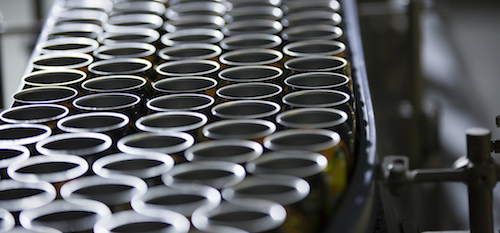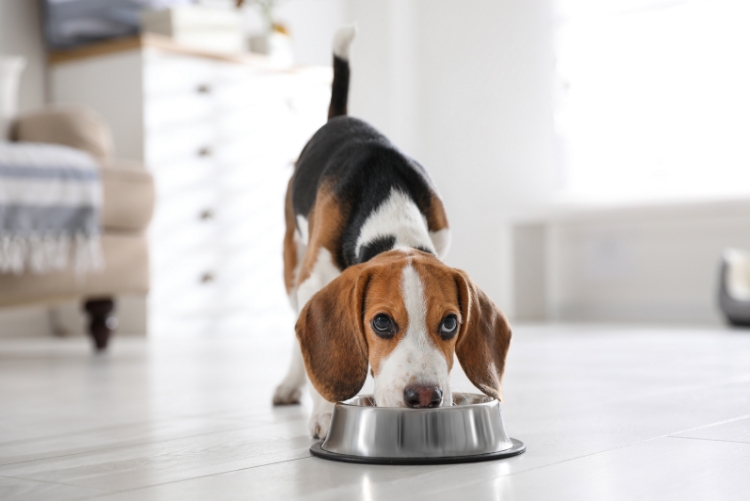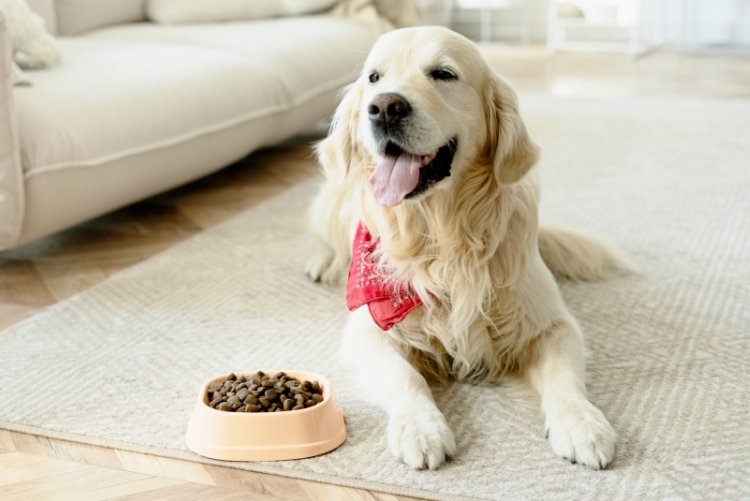
Even when recall procedures are well-practiced and well-known throughout the company, a recall is still a turbulent time. Sometimes recalls take place due to improper sanitation procedures or a lack of testing, and other times it may simple result from an unfortunate accident. Food for human consumption as well as animal consumption can all face recalls. Understanding the biggest recall risks in pet food processing, and how to mitigate these risks, can help you avoid these instances.
Common Recall Risks in Pet Food Processing
Bacteria and Improper Cooking
Bacteria present perhaps the biggest recall risk in pet food processing, just like food for human consumption. A number of bacteria can harm pets in similar ways as humans, though the risk of human infection from handling pet food is much higher. This is one of the reasons that pet food and food for humans are held to similar sanitation standards.
Just like food for human consumption, pet food is also susceptible to contamination from Salmonella, Listeria, and E.Coli bacteria, the most common causes of contamination and food recalls. Cooking at high temperatures generally destroys these bacteria and makes pet food safe for consumption. However, a number of things can go wrong. Fats and oils can create safe pockets for bacteria during this process, ovens may not reach the right temperature, or contamination can occur at other points during the process.
Wet pet food or treats often contain raw ingredients as well, which presents greater risks of foodborne illness. However, all types of pet food can be susceptible to harmful bacteria. Maintaining and verifying proper sanitation procedures, hazard analysis, testing, and recall procedures can help to mitigate the risk of a bacteria-related recall in pet food processing.
Chemicals and Contamination
One of the most well-known and widespread pet food recall cases was the melamine-related recall in 2007. Thousands of pets around the world sickened and died during this time, and the cause eluded researchers for weeks. The pets showed signs of kidney failure, though the chemical responsible for the illness, as well as which pet food brands were affected, was difficult to pinpoint.
Tracing the Cause
The cause of the widespread illness was ultimately found to be contaminated wheat gluten, rice protein and vegetable protein. These raw materials made their way into many different pet food types and brands, making it difficult to trace and stop the spread. The ingredients were contaminated with melamine, an industrial chemical, and possibly cyanuric acid. Melamine has many uses, including an industrial binding agent, flame retardant, and even a fertilizer. However, the presence of melamine and cyanuric acid caused kidney failure in pets.
How melamine and cyanuric acid got into pet food remains uncertain. Accidental chemical contamination during the processing of wheat gluten, rice protein and vegetable protein may have occurred. Since melamine, cyanuric acid and other additives can increase the apparent protein content of these ingredients, the contamination may have been deliberate, though the effects were unexpected.
Challenges in Detection
Testing is one way to prevent chemical contamination through raw ingredients. Ingredient testing can show the presence of many other contaminants, though it is more difficult with melamine. In testing, melamine mimics the appearance of protein, so it is difficult to detect. With difficult contaminants like this, effective tracking, tracing and recall measures are vital.
Heavy Metals and Pollution
Heavy metals such as arsenic, lead, cadmium and mercury are also causes of recalls in pet food processing. In very small amounts, heavy metals are not necessarily toxic, and may even be helpful, as many trace minerals are. However, in higher concentrations, heavy metals are highly toxic and can have many negative health effects. The FDA provides maximum allowable concentrations of these metals to inform testing and recall procedures.
Bioaccumulation and Heavy Metals
In some cases, heavy metals may find their way into pet food from outside sources, such as paint chips or chemicals. In many cases, however, heavy metals enter pet food in the same way that they enter food for human consumption. This is generally through polluted air, water, and soil. A number of industrial processes generate arsenic, lead, cadmium and mercury as byproducts, which then make their way into the air through smoke and ash, water through effluent, and into soil through dumping or through the water cycle. Vegetation absorbs these metals, and transfers them to other animals, including chicken, beef, and fish. These metals then transfer up the food chain and accumulate inside predatory animals. When heavy metal concentrations are particularly high, accumulation speeds up and can sicken animals faster.
While humans generally consume a wide variety of meats, grains, fruits and vegetables, pets often consume the same ingredients throughout their lifetime. Since pets, like humans, cannot process larger doses of heavy metals, the elements build up in their system over time (bioaccumulation). Toxicity builds up until it creates health problems. When pet foods do not contain high levels of heavy metals, this generally does not impact pets until much later in life, if at all. However, high levels of heavy metals can cause health problems quickly.
Preventing Heavy Metal Toxicity with Testing
The process of bioaccumulation is generally out of pet food processors’ hands. This process can only be reduced by regulating environmental pollution, monitoring potentially hazardous industrial processes and chemicals, and properly cleaning toxic waste and spills. When ingredients are exposed to toxic chemicals or heavy metal contamination, testing is key. High levels of heavy metal toxicity can be shown through proper testing. Raw ingredients, generally animal products though sometimes polluted grains, should be tested regularly. Once again, recall, tracking and tracing measures are also essential.
Preventative measures, such as good manufacturing practices for equipment and product testing can help to prevent these recall risks. However, no system is 100% effective. Reactive measures, such as track and tracing systems and recall simulations, can help to mitigate the damage if a recall does occur. Both of these measures are essential. In our next blog post, we’ll discuss additional recall risks and how to prevent them, including the risk of aflatoxin contamination and trace mineral inaccuracies.







